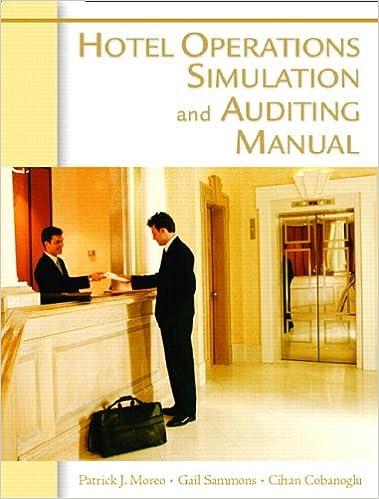50. Assume there is $2,000 of overapplied fixed overhead, which is to be prorated. Current balances of selected accounts are: Work in process $15,000 Finished goods 25,000 Cost of goods sold 60,000 The adjusting journal entry is a) Overapplied fixed overhead 2,000 Work in process Finished goods Cost of goods sold 300 500 1,200 b) Work in process 300 Finished goods Cost of goods sold 500 1,200 Overapplied fixed overhead 2,000 c) Fixed overhead control Work in process Finished goods Cost of goods sold 2,000 300 500 1,200 d) Work in process 300 Finished goods Cost of goods sold 1,200 Fixed overhead allocated 2,000 Answer: c Difficulty: Easy Learning Objective: Explain product costs and cost flows through the manufacturing process. Learning Objective: Allocate overhead costs to individual jobs. CPA: Management Accounting 51. For which of the following products would a job costing system be appropriate? a) Brewery, where each brand is produced in a separate batch process b) Jewellery store that manufactures and sells handcrafted jewellery c) Cement kiln, where a single identical type of cement product is manufactured d) Chemical plant, where each polymer is produced in a separate continuous process Answer:b Difficulty: Easy Learning Objective: Describe how costs are assigned to customized goods and services. 52. Assume that variable overhead is overapplied by $200 and fixed overhead is underapplied by $100. If these variances are considered immaterial, the effect on cost of goods sold is: a) $300 increase b) $100 increase c) $300 decrease d) $100 decrease Answer: d Difficulty: Easy Learning Objective: Allocate overhead costs to individual jobs. CPA: Management Accounting 53. When overhead is underapplied: a) Cost of goods sold is understated b) Work in process inventory is overstated c) Gross profit is understated d) Finished goods inventory is overstated Answer: a Difficulty: Easy Learning Objective: Allocate overhead costs to individual jobs. 54. The denominator in an overhead allocation rate for normal costing is a) Actual overhead costs b) Estimated activity level c) Estimated overhead costs d) Actual activity level Answer: b Difficulty: Easy Learning Objective: Allocate overhead costs to individual jobs. CPA: Management Accounting 55. Normal costing overhead rates are developed at the beginning of each period based on the a) Actual overhead costs of the previous period b) Actual activity level of the previous period








